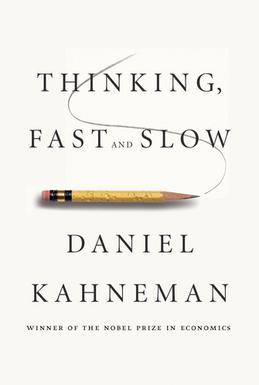Although only officially launched earlier this week, the Australian War Memorial’s new First World War Galleries have been open since late last year. I was in Canberra earlier this month, so I swung by to check them out.
My interest in this exhibition was twofold:
- A significant new exhibition is always worth a look
- It’s linked to some of my current work. I’m currently part of a research team that is exploring how Anzac* heritage experiences are related to Australian national identity. So far I’ve conducted 16 in-depth telephone interviews with people who have visited the Gallipoli landing site.
It’s a slightly unusual refurbishment, in that significant portions of AWM’s original World War 1 galleries are heritage pieces in their own right, particularly the original dioramas that were conceived by official war historian Charles Bean. It means that in some cases, the new galleries don’t look all that new at all (although the original dioramas have been significantly reinterpreted and seem far better lit than I remember them being).

To be honest, I was expecting a more dramatic threshold statement for the exhibition – the boat shown above, while a very signficant object, is in a space that feels pretty much like an extension of the cloakroom area rather than a gallery setting. For me, the layout didn’t herald the end of the logistical process of arriving, and the beginning of an exhibition experience. However, there are interesting uses of thresholds later in the exhibition, in particular the transition from the Turkish/North African theatre of war to the trenches of France. There is a change of colour scheme from one that is dominated by warm shades and sandy tones, to one that is dominated by glossy blacks and uses a vibrant, dramatic red to highlight certain displays.

Also visible in the image above is what I called the “Ikea style” visitor route set into the floor. The exhibition is laid out chronologically, and this timeline spine works its way throughout the exhibition with displays off to each side (hence the Ikea reference). Personally I liked this feature – it gave you a clear sense of the order of the narrative without dominating the design or forcing you to take a particular route if you didn’t want to.


The use of audio throughout the exhibition was well done: subtle but reinforced the mood of each space. Ambient audio was primarily sound effects; spoken audio (which can be annoying and distracting when you’re trying to focus on something else) was kept to a minimum and mainly used to emphasise key points/events – for instance Ataturk’s tribute to the Anzacs is played on a loop just before you leave this section of the exhibition.


I think this exhibition would be an interesting one to study with Pekarik’s IPOP model of visitor preference. Both Objects and People displays were strongly featured in the exhibition, and there were some sensory/tactile aspects as well (Physicality), although I’m not sure how strongly Ideas came through (by which I mean the big-picture context of the conflict). Admittedly, this is a difficult brief when the topic is an extended war, fought on multiple fronts for complex reasons.
*For the benefit of my non-Australian readers: on April 25, 1915, troops from the Australian and New Zealand Army Corps (the ANZACs), landed at Gallipoli Peninsula in Turkey as part of an ill-fated campaign early in the First World War. The anniversary has gained national significance and Anzac Day is the main day of rememberance in Australia.



